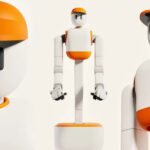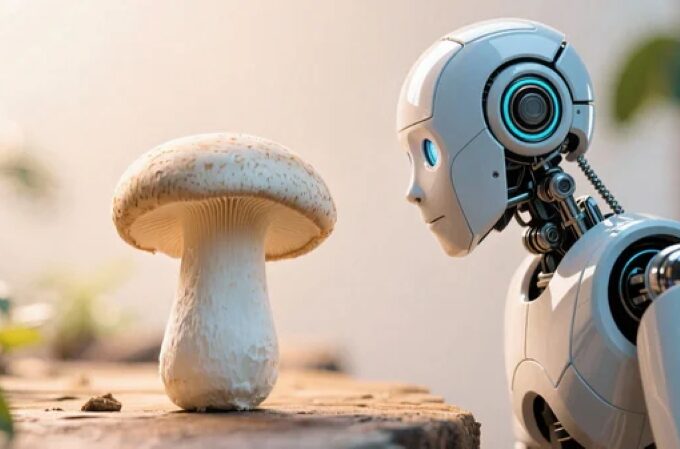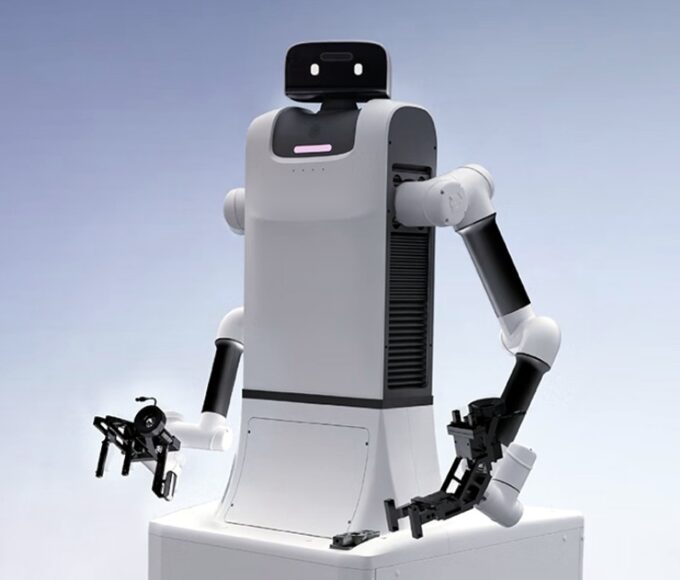Engineers at Johns Hopkins University have developed a groundbreaking prosthetic hand that can grasp stuffed toys, water bottles and other everyday objects like a human, and carefully adjust its grip to avoid damaging or mishandling the grasped items.
The system’s hybrid design is a first for robotic hands, which are typically too stiff or too soft to replicate the human sense of touch when handling objects of different textures and materials. The innovation offers a promising solution for people who have lost their hands and could improve the way robotic arms interact with their environment. The research paper was published in the journal Science Advances.
Making the Bionic Hand
“From the beginning, our goal was to create a prosthetic hand that modeled the physical and sensory capabilities of the human hand to create a more natural prosthesis that functions and feels like the lost limb,” said Sriramana Sankar, a biomedical engineer at Johns Hopkins who led the work. “We want to enable people who have lost their upper limbs to safely and freely interact with their surroundings, feel and hug their loved ones without fear of harming them.”
Developed by the Neuroengineering and Biomedical Instrumentation Laboratory, which created the world’s first electronic “skin” with a human-like sense of pain in 2018, the device features a multi-finger system with a rubber-like polymer and a rigid 3D-printed internal skeleton. Its three layers of tactile sensors are inspired by the layers of human skin, enabling it to grasp and distinguish objects of various shapes and surface textures, rather than just detecting touch.
Sankar said each of the soft, air-filled finger joints of the robotic hand can be controlled by muscles in the forearm, and machine learning algorithms focus signals from artificial tactile receptors to create a realistic sense of touch. “Sensory information from the fingers is translated into neural language, providing natural sensory feedback through electrical nerve stimulation,” Sankar explained.
Testing of the Bionic Hand
In the lab, the robotic hand recognized and manipulated 15 everyday objects, including delicate stuffed toys, dishwashing sponges and cardboard boxes, as well as pineapples, metal water bottles and other more solid items. In experiments, the device achieved the best performance compared to other devices, successfully handling objects with 99.69% accuracy and adjusting its grip as needed to prevent accidents. The best example was that it nimbly picked up a thin and fragile plastic cup filled with water, using only three fingers, but without deforming the cup.
“We combined the strengths of rigid and soft robots to mimic the human hand,” Sankar said. “The human hand is not completely rigid or purely soft – it’s a hybrid system with bones, soft joints and tissues working together. This is exactly what we want our prosthetic hand to achieve. This is a new frontier for robotics and prosthetics, which have not fully adopted this hybrid technology before. It can firmly shake hands or pick up soft objects without worrying about crushing it.”
To help amputees regain the ability to feel when grasping objects, prosthetics need three key components: sensors to detect the environment, a system to convert data into nerve-like signals, and a way to stimulate nerves so that people can feel sensations, said Nitish Thakor, a professor of biomedical engineering at Johns Hopkins University who directed the research.
The bionic technology that allows the hand to function in this way uses muscle signals from the forearm, just like most prosthetic hands. These signals connect the brain and nerves, allowing the hand to flex, release or react based on touch. Thakor said the result is a robotic hand that intuitively “knows” what it is touching, just like the nervous system.
The Future of Bionic Hand
Thakor said that while the research is an early breakthrough in hybrid robotics that could transform prosthetics and robotics, more work needs to be done to perfect the system. Future improvements could include stronger grips, more sensors and industrial-grade materials.
“This hybrid dexterity is not only critical for the next generation of prosthetics,” Thakor said. “It’s also what future robotic hands will need, because they won’t just have to handle large, heavy objects. They’ll also need to handle delicate materials like glass, fabric or soft toys. That’s why hybrid robots designed like human hands are so valuable – combining soft and hard structures, just like our skin, tissue and bones.”












